The two “species†materials of Burmese rosewood and African rosewood are the absolute mainstays in the mahogany market! Although there is no specific proportion of the statistics, according to the shipment volume in the log market and the distribution of mahogany furniture stores, The proportion of mahogany furniture in these two materials should be more than 70%. The sales volume is so great, and the people who care about it are naturally very many, but on the Internet, there are very few articles explaining the difference between the two materials, and there are fewer useful ones. Furniture fans are here to share with you the identification of Burmese rosewood and Africa. The method of pear.
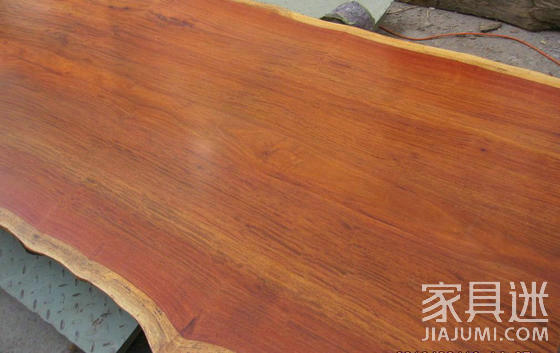
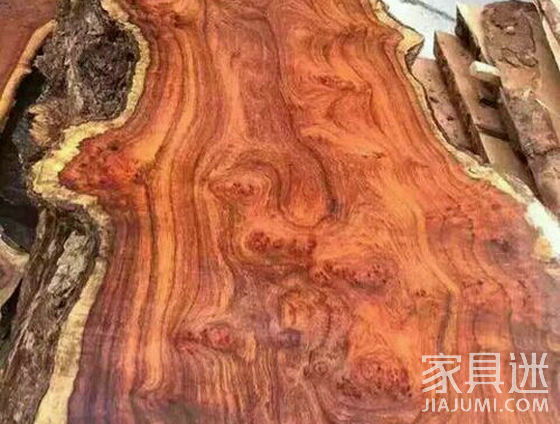
Let's first take a look at Burmese rosewood and African pear:
First of all, we must know that Burmese rosewood is a common name for large-fruit red sandalwood. It is a national standard system of five genera and eight categories, belonging to rosewood.
The wood grain of Burmese rosewood is clear, the structure is fine and uniform, and some parts have obvious tiger skin pattern. The intermittent is very beautiful, the color is reddish, the wood grain is reddish, and the whole looks like flesh color.
In the current mahogany market, the large fruit rosewood, the bird foot rosewood (Lao rosewood), and the Vietnamese rosewood (Cambodia rosewood) in the redwood "national standard" rosewood rosewood are often referred to as Burmese rosewood. These three "Burmese flowers" differ slightly in air dry density, texture and odor, but are basically the same.
In the log market, the price of the big fruit rosewood in the three kinds of wood is the highest, and the price of the large fruit rosewood is about 20% higher than the price of the bird foot rosewood, but the air dry density of the bird foot rosewood is larger. High (large fruit rosewood 0.80 ~ 0.86 g / cm3; bird foot rosewood 0.96-1.01 g / cm3), plus the bird's foot rosewood, the original core crack is irregular, the yield is higher, the fruit rosewood is low, so the raw materials of furniture The cost is not much different. In the mahogany furniture market, the finished products of these three kinds of wood are basically sold according to the common name of Burmese rosewood, and do not reflect the difference.
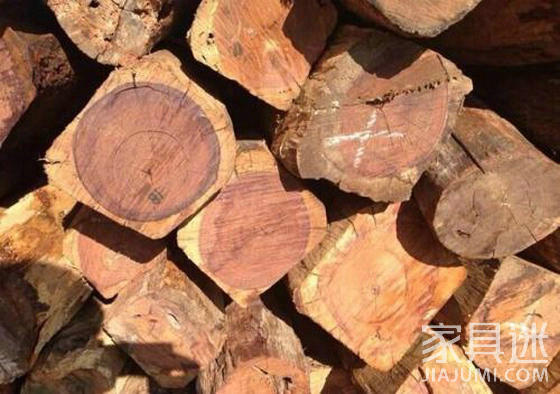
Hedgehog rosewood is mainly produced in tropical western African countries, so it is also commonly known as "African rosewood" in the market. "African rosewood" is a relatively common term, literally referring to rosewood produced in Africa. In the mahogany market, the previous common understanding is:
African rosewood from Senegal, Guinea-Bissau, Guinea, Gambia, Sierra Leone is the authentic “Hedgehog rosewoodâ€, while other African rosewood from Nigeria, Ghana, Togo, Benin and other countries are not in the national standard of redwood. Hedgehog rosewood, but "Anshui red sandalwood" which is very similar to Hedgehog rosewood, is "Asian pear".
However, the West African countries simply do not produce "An's rosewood", and the characteristics of the Anhepatite red sandalwood are very different from the "African rosewood" produced in Nigeria, Ghana, Togo, Benin and other countries. At present, China Customs and other agencies have corrected the "African rosewood" from Nigeria, Ghana, Togo, Benin and other countries from the erroneous identification of "An's rosewood" to "Hedgehog rosewood."
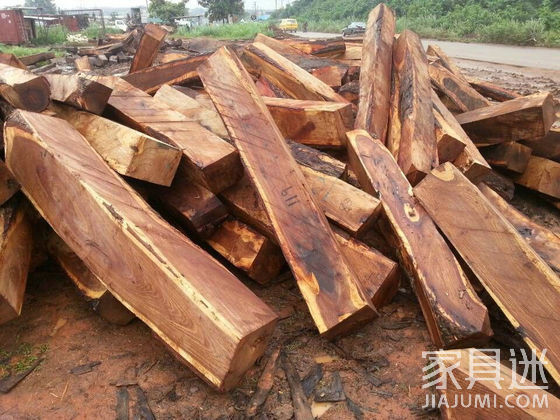
It is not difficult to distinguish between Burmese rosewood and African pear. The people who buy wood and sell wood will not make mistakes. Therefore, we mainly introduce how to distinguish finished furniture.
Process
At present, the mahogany furniture market can be divided into two categories: “closed†and “openâ€.
With the "closed" process, the pores of the wood are filled with paint, smooth as a mirror, and touched by hand, the pores of the wood are not felt.

In the open process, the pores are exposed, and the pores are clearly felt by hand touch.

In the market, Burmese furniture is basically open process, unless custom-made, in general, Burmese furniture is rarely done with a closed process.
Non-flower furniture used to be closed in the past, but in the past two years, open technology has also become popular. Therefore, non-flower furniture is open and closed on the market. Therefore, in most cases, if it is a closed process, it can basically be considered as non-flower furniture (in most cases, not absolutely!).
Texture size and shape
In general, African rosewood furniture has a larger pattern. In contrast, Burmese rosewood furniture has a smaller, more detailed and even pattern:
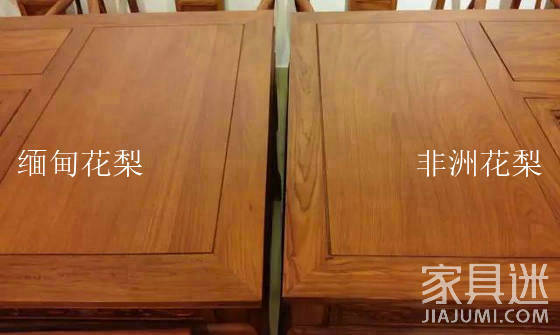
These patterns are not only different in size, but also in different forms. In general, the non-flower texture is rougher, while the Burmese flower is more delicate. After accumulating some experience, it is enough to distinguish it from this one alone.
Water ripple (tiger skin)
Water ripples, also known as tiger skin, are often found on Burmese flowers, perhaps not on a board, but more or less on a piece of Burmese furniture. Although African rosewood has this texture, the probability of occurrence is relatively small.
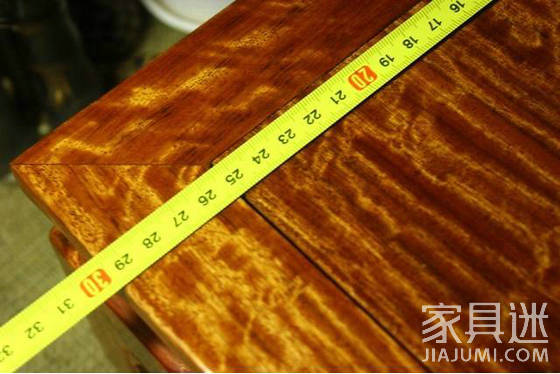
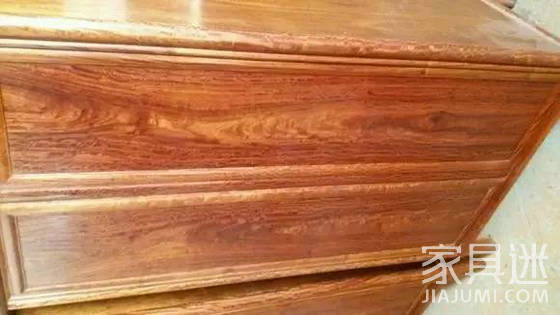
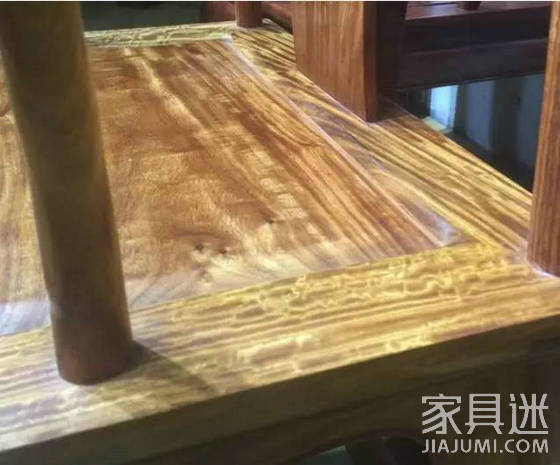
odor
Regarding the smell, although the difference between Burmese and non-flowers is quite obvious, the distinction between the different habitats of the hedgehog rosewood is also obvious, so the smell can be used to distinguish.
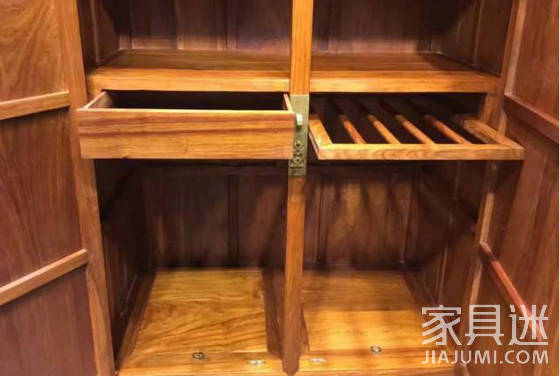
In general, non-flower logs from Togo, Benin and other countries will have a sour smell (the smell will not be particularly noticeable after drying and lacquering), while the Gambia and Bishao origins are nearly tasteless or slightly fragrant. There are three kinds of Burmese flowers, such as big fruit, bird foot and Yue-Kan, which have the strongest flavor of large-color red sandalwood. If you want to smell the smell, it is usually more obvious when you open the door of the box and cabinet furniture.
Further reading: The present and the past of the Hedgehog rosewood
For furniture without confined spaces, such as sofas, dining tables, etc., the smell at the interface of each component will be more accurate. Because the furniture is generally assembled and lacquered, the smell of the logs will be emitted inside the interface.
Reference: density, fluorescence, color
Generally speaking, the same type of furniture, the Burmese flower will be slightly heavier, but this alone is not accurate enough, only for reference. According to the "national standard" of mahogany, its air-dry density is: large fruit rosewood 0.80 ~ O.86g / cm3, bird foot rosewood 0.96-1.01g / cm3, more Cambodian rosewood O.94 ~ 1.01g / cm3, hedgehog rosewood 0.85g / Cm3.
There is no fluorescence reaction on Burmese rosewood and there is no hedgehog rosewood. Some media have misunderstood this fluorescence to think that the fluorescence seen by furniture is directly visible to the naked eye. In fact, the fluorescence reaction is an oily substance that oozes from wood after wood or wood chips are immersed in water for a period of time.
When the fluorescence reaction is raining, it is most clear on the ground where the logs are stacked. When the wood rains, the ground will have organic oil.
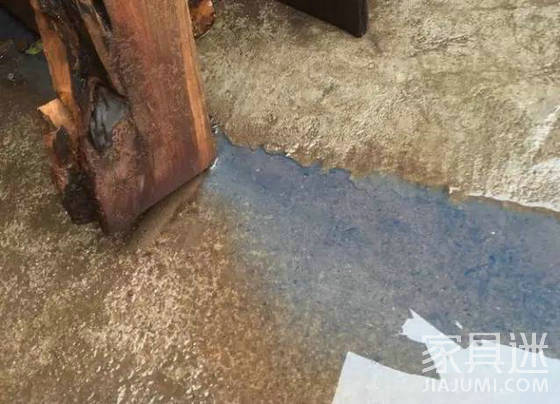
There are also slight differences in the color of the flowers and non-flowers, but the finished furniture is generally difficult to distinguish after being painted. Even if it is to be distinguished, it needs to be very detailed to feel the slight difference.
In fact, the "shallow" method of the previous textures and water ripples is enough to distinguish them. It is not necessary to distinguish the subtle differences in the background color after painting to distinguish the flowers from the flowers.
Entry lockset is one of our main door lock product range in Gumei Lock, with three different specification in size -- small, medium and large. Facing various market demand, Gumei Lock has developed two materials for main door entry lockset: Zinc-alloy and Aluminum. Please contact us for more information and get the lastest price for all of lock in keyed.
handleset locks, lock in keyed, main door lock, entry set lock, entry lockset
ZHONGSHAN JUYA METAL PRODUCTS CO., LTD , https://www.gumeilock.com